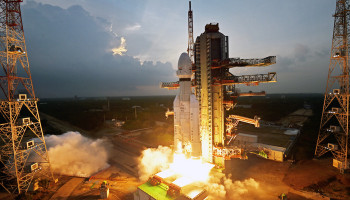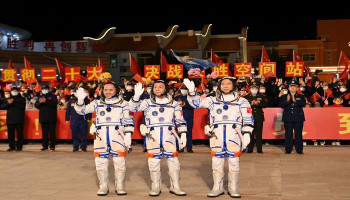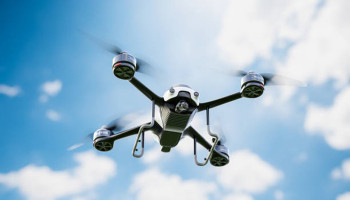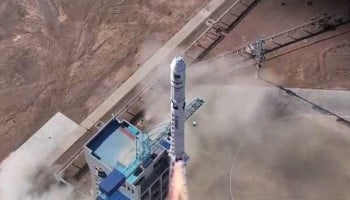
In an effort to establish a presence in deep space exploration, Pakistan has signed a Memorandum of Understanding (MoU) between the Space and Upper Atmosphere Research Commission (Suparco) and the China National Space Administration (CNSA) on February 5.
The memorandum was signed in the presence of Presidents Asif Ali Zardari and Xi Jinping. This historic agreement paves the way for Pakistan’s first indigenous lunar rover to participate in China’s Chang’e-8 mission, which is set for launch in 2028.
The Chang’e-8 mission, developed by the CNSA, is specifically designed for in-situ scientific exploration, technology validation, lunar surface mapping, and resource utilization. Pakistan is set to make significant strides in space exploration by participating in this landmark mission and contributing to the International Lunar Research Station (ILRS) initiative.
Suparco’s lunar rover is set to be deployed at the moon’s south pole, a key scientific hub for future human exploration. The rover, designed and built by Pakistani scientists and engineers, will carry cutting-edge scientific payloads developed by Suparco, alongside internationally designed payloads from Chinese and European scientists. This partnership enhances the mission’s capability to conduct in-depth lunar surface analysis.
After its lift-off, Pakistani scientists will be able to remotely control and operate the rover from Earth. The rover’s aims include studying lunar soil composition, analysing emission levels, and plasma properties, and testing the latest technologies for sustained lunar projects.
This strategic partnership underscores the strong bilateral relations between Pakistan and China, demonstrating Pakistan’s growing expertise in space technology and its unwavering commitment to advancing its national space program, while significantly contributing to global scientific research.
















